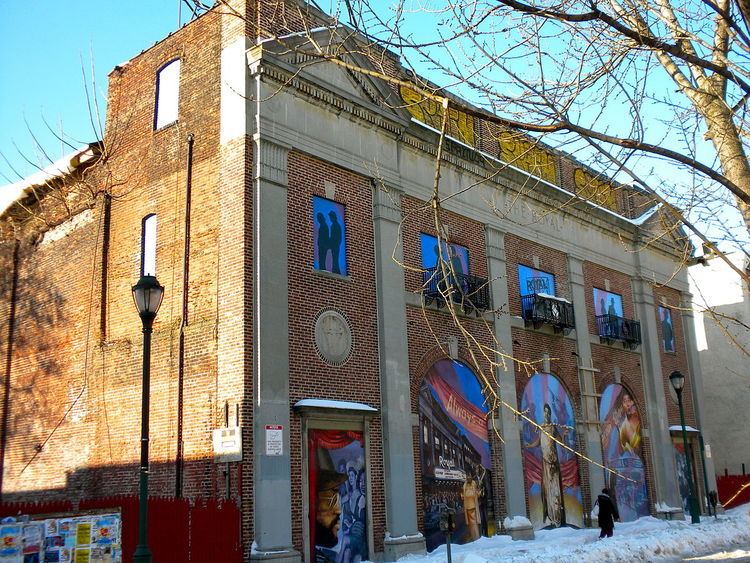Built 1919 Architectural style Regency Revival Opened 1919 Added to NRHP 8 February 1980 | Architect Hahn,Frank E. NRHP Reference # 80003619 Area 1,200 m² | |
 | ||
Address 1524 South St, Philadelphia, PA 19146, USA Similar Schuylkill River, Citizens Bank Park, Tower Theater, Liacouras Center, Mütter Museum | ||
The Royal Theater was a center of African American culture in Philadelphia, Pennsylvania. Built in 1919, by the 1930s the theater had earned the reputation as "America's Finest Colored Photoplayhouse". The theater closed in 1970, after attendance dwindled and the threat of the Crosstown Expressway had decimated the neighborhood. (The proposed highway was never built.)
Contents
In 2000, Kenny Gamble’s Universal Companies purchased the Royal, 1522 and 1536 South, buildings on either side of the theater, as well as 1523, 1537 and 1539 Kater St. (the narrow street just south of South) and 1521–1523 South St. (across the street), from the Preservation Alliance for Greater Philadelphia for $250,000.
Conservancy Lawsuit
In April 2013 Universal Companies applied for a demolition permit claiming the renovation was "economically unfeasible." Universal's proposal would preserve only the facade and a small portion of the front for culture use while the remaining property would be developed for commercial use. On May 20, 2013 local Philadelphia resident Juan Levy filed in the Pennsylvania Court of Common Pleas a petition seeking to appoint local real estate developer Ori Feibush as conservator over the property to save it from further deterioration.
Redevelopment Study
In April 2015 an independent architectural surveyor presented a financial feasibility analysis for various reuse scenarios for the Royal. The surveyor concluded that the building was reduced to a shell and "...there is no use to which the Royal Theater may be reasonably adapted given the cost of renovations and the revenues that can be expected by those uses..." In July 2015 the Philadelphia Historical Commission approved the owners plan to demolish the auditorium and preserve the Royal's facade which would be incorporated into a new retail and residential building. The redevelopment plan would also need the approval of the Pennsylvania Historical and Museum Commission because the owners had obtained a grant in 2008 to stabilize the building.
